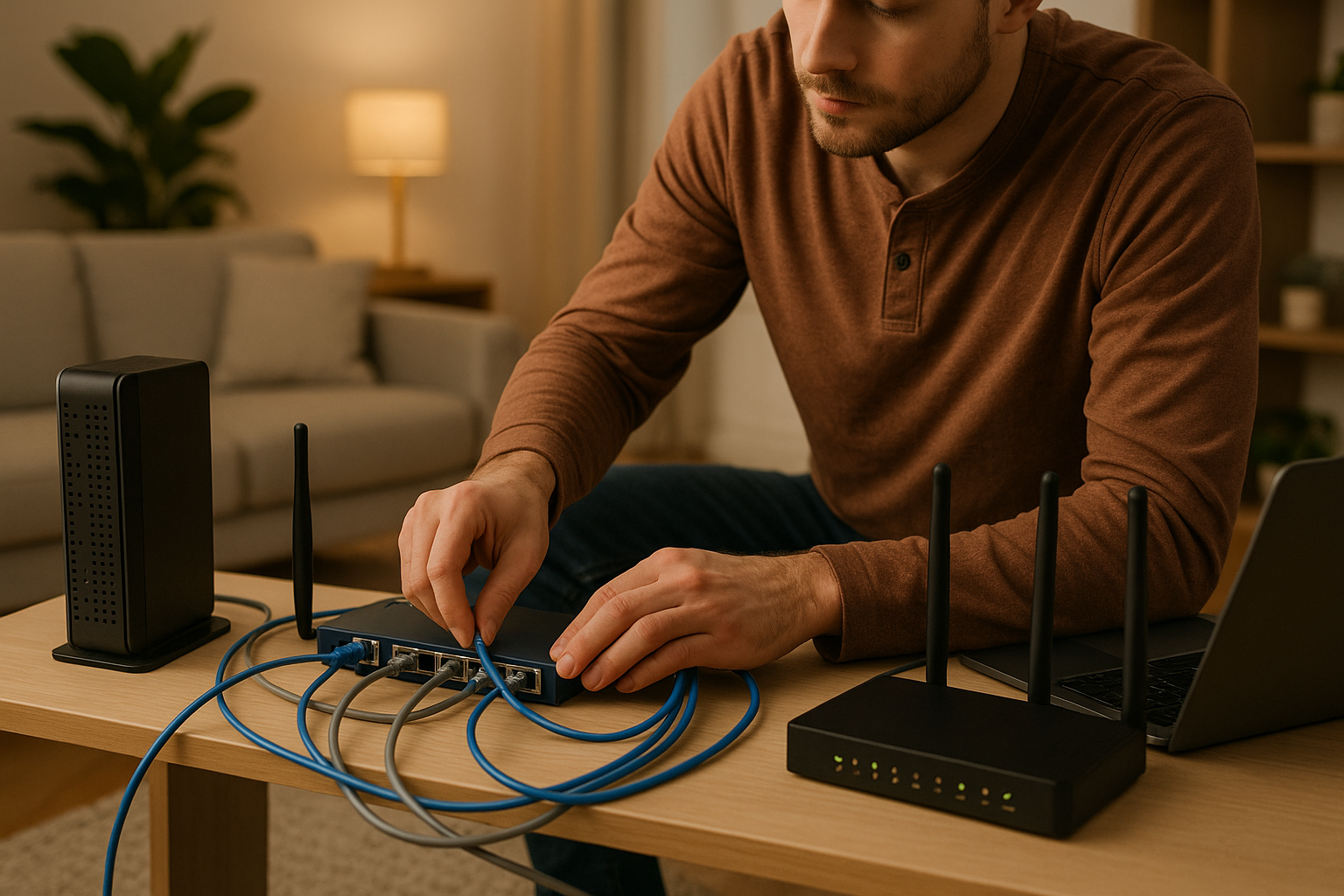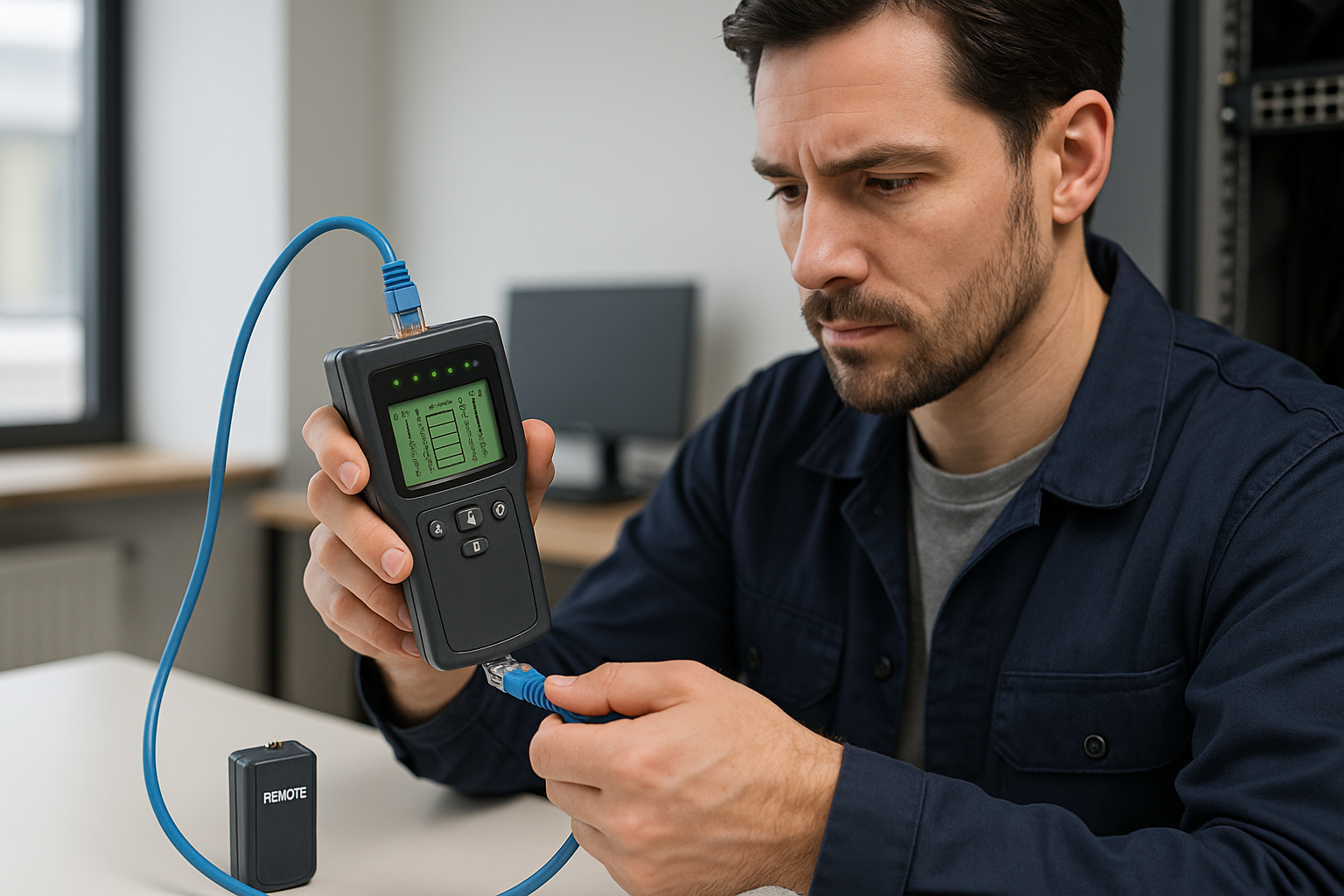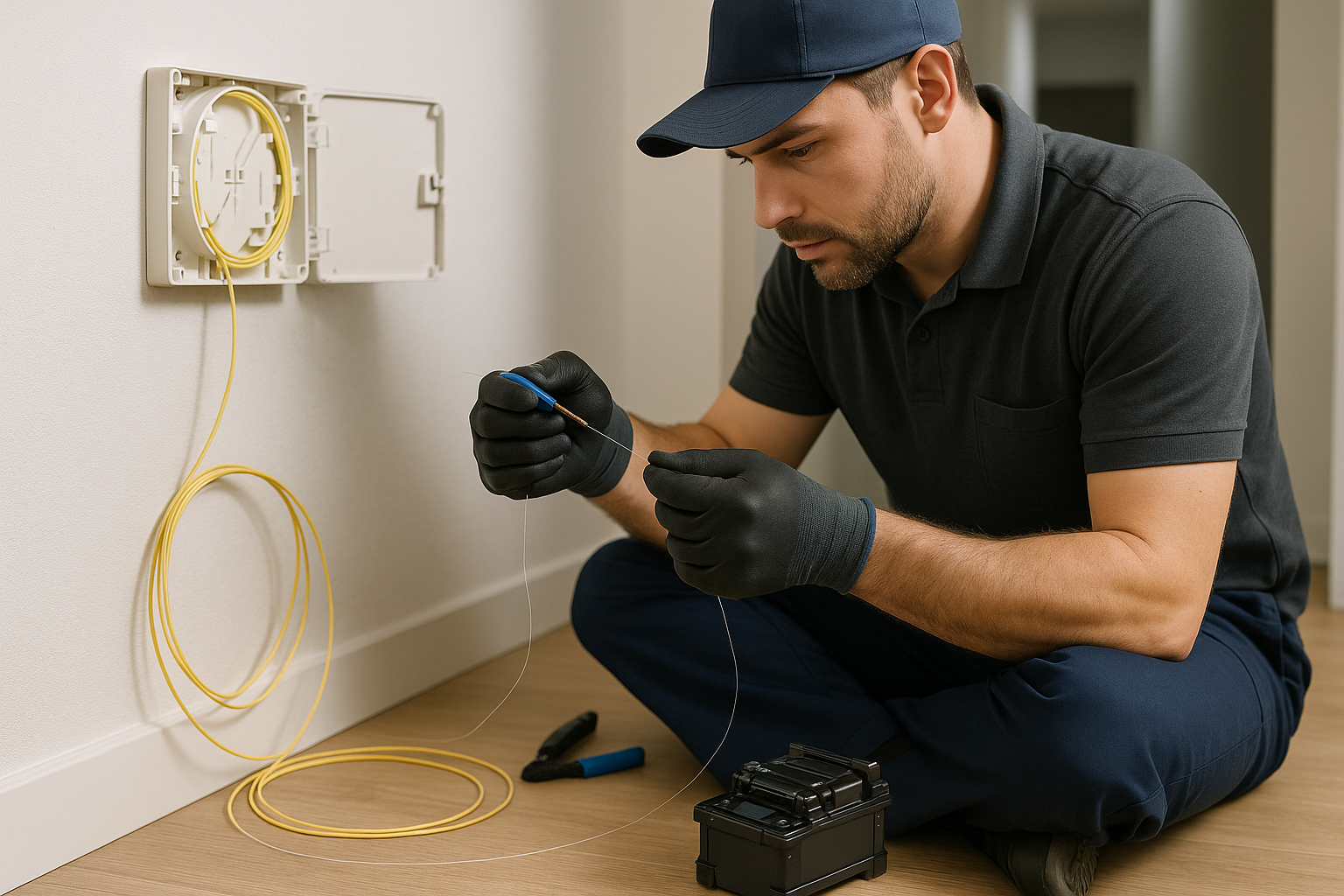What are the color codes of UTP cables and how do you use them correctly?
- , by Jarno Heideman
- 4 min reading time

What you need to know about the color codes of UTP cables
When connecting network cables, the correct color sequence of the cores is of great importance. If the colors are not followed correctly, the connection will not work properly or at all. In this explanation you can read how the color codes for UTP cables are constructed, what the differences are between two standards and how you can make a cable yourself that works immediately.
What do you use UTP cables for at home and at work?
UTP cables are used to connect devices to a network. Think of computers, modems, switches or printers. They are suitable for both home use and larger networks in companies. Because they are shielded against interference, they are reliable for stable internet connections.
What is the difference between 568A and 568B
There are two standards that determine the color sequence of the cores in a UTP cable. These are 568A and 568B. Both methods are technically equivalent, but they use a different color sequence. In the Netherlands we use the 568B scheme.
Color sequence at 568A:
-
white/green
-
green
-
white/orange
-
blue
-
white/blue
-
orange
-
white/brown
-
brown
Color sequence at 568B:
-
white/orange
-
orange
-
white/green
-
blue
-
white/blue
-
green
-
white/brown
-
brown
In the Netherlands, 568B is mainly used. This is because this standard is better suited to most existing network installations in homes and offices.
What can go wrong with an incorrect color sequence
If the colours on one side of the cable do not match the other side, there will be a fault. In many cases, the network will not work at all or the connection will keep dropping. This can also happen if the wires are not properly seated in the connector or are not fully clamped. Therefore, always check that both ends have the same order and that the colours are clearly visible in the plug.
Make your own UTP cable in a few steps
With a little bit of skill you can easily make a network cable yourself. For this you need a piece of UTP cable, a crimping tool, RJ45 connectors and a cable stripper. Follow these steps:
-
Strip the outer sheath of the cable about three centimeters.
-
Unfold and straighten the pairs of veins.
-
Choose a standard, for example 568B, and lay the wires in that order.
-
Cut the ends straight across so that they are all the same length.
-
Gently push the wires into the RJ45 connector until they are all the way at the front.
-
Crimp the plug with the pliers.
-
Test the cable with a cable tester to make sure everything is working.
Useful tools for making your own network cable
To ensure a good connection, use a few handy tools:
-
Crimping pliers for firmly securing the RJ45 connector
-
Cable tester to immediately check whether the cable is properly connected
-
Cable stripper for quick removal of the outer sheath
-
Connectors that match the type of cable you are using
These tools will help you work faster and reduce the chance of errors.
Choose the right cable for your situation
There are two types of UTP cables: with solid core and with flexible core. Solid core is intended for permanent installations, such as through walls or cable ducts. Flexible core is used for patch cables that are often moved. The difference is in the strength of the core and determines which connector you need. Pay close attention to this when ordering cables or connectors.
Color coding chart to print
To make connecting easier, you can print out a diagram with the color sequence of 568A and 568B. This helps when laying and checking multiple cables at once. Especially handy when working on location or making multiple connection points at once.
Related categories
Check out our other blogs
-

, by Jarno Heideman How do you easily set up a home network yourself?
-

, by Jarno Heideman What are the color codes of UTP cables and how do you use them correctly?
-

, by Jarno Heideman How do you test a UTP cable without making mistakes?
-

, by Jarno Heideman How do you connect fiber optic yourself without any hassle at home?







